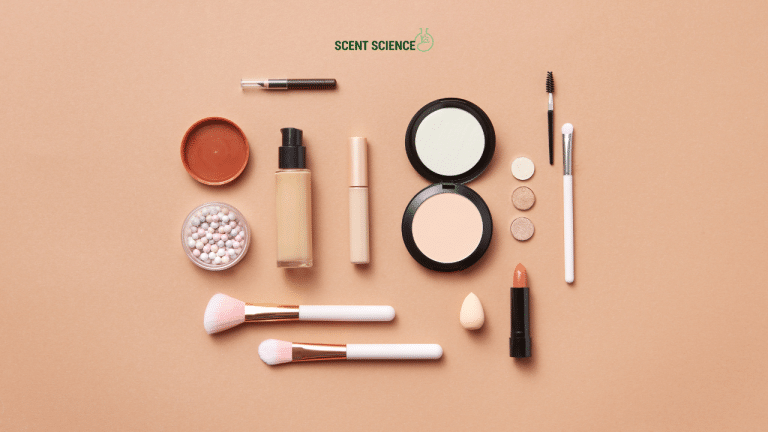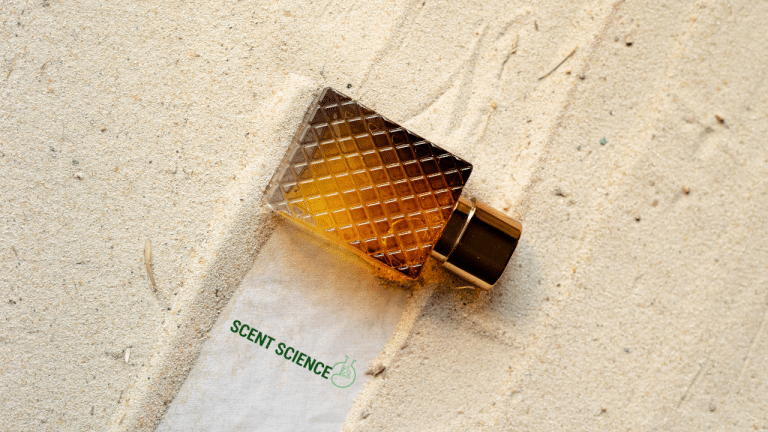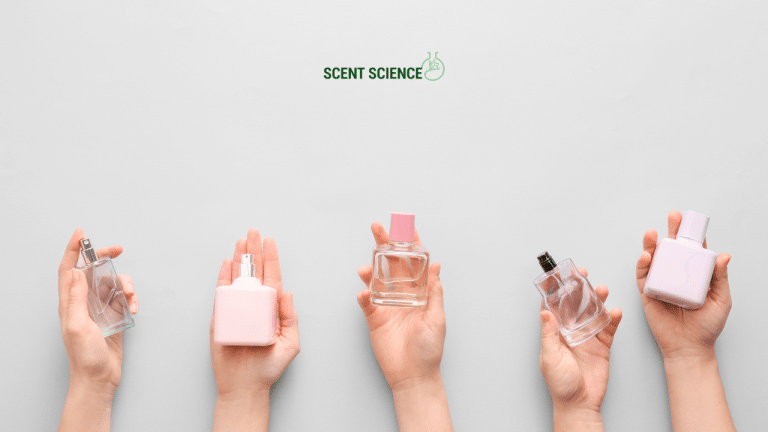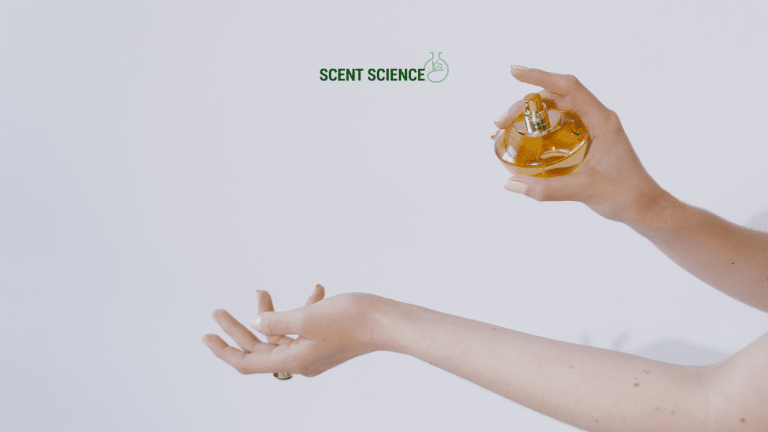Ah, the sheer delight of catching a whiff of a captivating summer scent perfume as someone walks by! But ever wondered why your favorite fragrance takes on a new life on a hot summer day? This curiosity brings us to the compelling world of summer fragrance chemistry. Let’s dive into how temperature influences our beloved scents and see what makes summer fragrances so unique and enchanting.
Table of Contents
ToggleWhy Summer Changes the Game for Perfumes
Here’s an interesting thought: have you noticed that sometimes your perfume feels a bit too overpowering in the sweltering heat, while at other times it seems to disappear altogether? The reason behind these quirks lies in the very chemistry of scents. You see, temperature, that sneaky little variable, changes the way a fragrance develops and how long it lasts on your skin.
In the heat, the components of perfumes behave scrupulously differently. If you’ve ever wondered about why certain perfumes are better suited for summer, trust me, you’re on to something fascinating. Perfume chemistry works under the spells of temperature and humidity in tandem, each tipping its hat to nature’s directive for perfume performance.
The Science of Fragrance Notes
Before getting into the particulars of how temperature plays into it, let’s break down the anatomy of a fragrance. A good perfume tends to have three layers: top notes, heart (or middle) notes, and base notes.
- Top Notes:
- These are the initial scents that you experience immediately after application. They include fresh and light aromas, often citrusy like lemon or orange, which are vibrant yet not overly lasting.
- Heart Notes:
- Orchestrated to be the core of the perfume, heart notes develop once the top notes evaporate. Common heart notes include floral scents like rose or jasmine and tend to be a little smoother.
- Base Notes:
- Then, you’ve got the base notes. They linger the longest, and you typically find scents like vanilla, amber, or sandalwood here. They’re the ones that anchor your perfume and give it depth.
What Happens to Perfume in the Summer Heat?

Now, here’s the intriguing bit: when the sun comes out to play, all these scent layers start to interact with heat. In summer heat, our skin warms up, increasing molecular movement. Perfume molecules evaporate faster, altering how each note unfolds. This is why on a sandy beach or a picnic afternoon, top notes often feel more pronounced before they rapidly dissipate.
The “Hit & Run” Effect of Top Notes
The top notes get a little showy in warm weather! As soon as they hit the hot skin, they lift off like an exciting prelude at a summer concert. Unfortunately, this fleeting encounter can vanish almost as rapidly as it arrives. That bright citrus snap or refreshing green aroma? Gone in the blink of an eye.
Blossoming Heart Notes
Don’t underestimate those mids though—heart notes reveal their full character quicker with all that warmth, bathing you in full-bodied florals or spices soon after you spritz. So don’t be too shy to splash those florally yet musky blends to uplift both you and your spirit on sun-drenched afternoons.
Base Notes: An Unexpected Hero
When heart notes come through with tenacity, base notes step up the game during heat, landing a more immediate impact. Without the slow build-up expected in cooler times, woody and spicy aspects reveal faster, etching on a layer of bold resilience.
Tips for choosing the right Summer Scent Perfume
Now that we’ve sketched the canvas of perfume chemistry, let’s discuss picking out the perfect fragrances for those bright summer days. Whether you’re browsing through new arrivals or planning to resurrect an old favorite, here are some useful tips:

Go Light or Stay Home
Elevate lighter blends. Floral, aquatic, green, and muted musks star dazzlingly in the heat. Heavy notes like vanilla or patchouli provide too much weight on high-frequency summer signals.
Elevate Light Notes with Freshness and Florals
Opt for summer-centric notes such as citrus, aquatic tones, aromatic herbs (mint packs quite a punch), and luscious light florals like lilies and violets. They convey purity and cooling refreshment, even when both you and the mercury soar.
Dab a Little Spritz on Fabric
Spritz some perfume onto your clothes temporarily, which can retain fragrance longer compared to direct skin application. But keep ole hydrophobic-sensitive fabrics free of scent deposits—you wouldn’t want uninvited companions mar>
Staying Power Tricks
In climates where the air feels sticky and balmy, blending scents over unscented lotion absorbs oil faster. This helps elongate the mask, staying relevant and layered consistently throughout humid encounters.
Practical Daily Applications for Perfume Chemistry
Understanding perfume chemistry isn’t just theoretical babble—it can be downright practical! Gain more out of your scents by making informed choices:

- Storage Savvy:
- Keep perfumes in cool, dry areas away from sunlight.
- Choosing Classics or New Affairs:
- Experiment with limited seasonal editions and pick fragrances with a reputation for subtlety when exposed to sun and warmth.
- Travel Responsibly:
- Invest in atomizers; smaller decanting ensures consistent fragrance go-to anywhere without exposing the main bottle to direct heat.
- Timing Counts:
- Apply perfumes post-shower, leaving slightly dampened down pores to trap additional aromatic compounds.
- 5. **More than Skin-Deep Assessing:
- Layer body washes or other body products with similar fragrance bases subtly enhances Apollo scent efficiency match-up.
A Trend and Tradition Legacy
Let’s not shy away from fragrances’ transformative power to transcend our everyday experiences. This little chemistry cocktail not only bridges nostalgic summer memories but spotlights critical evolving trends in perfume culture. With many popular advents, chemists often examine “fragrance authenticity” to develop sustainable solutions that are eco-conscious and maintain longevity—without reproducing environmental wastes.
Conclusion: A Linger in the Heat
So folks, when choosing that perfect summer scent perfume, think of yourself as part alchemist, part adventurer. Harmonize perfume alloys into your groove, embracing whatever sizzling situations ringtone back the radiant heat juicily. Remember to let perfumes engage with their intense temperatures, revealing intricate tapestries never hoped for under a woolen blanket all year long!
Ultimately, weave those sweet notes and blends perfectly across picnics, beach days, outdoor explorations, or lazy hammocks this sunshine-filled season. Dive headfirst into impending luminosity sworn by time, spirited asunder by those precious impacting fragrance elements, each decorating your signature trailcloud.
Frequently Asked Questions
How often should I wash my face mask to prevent maskne?
To prevent maskne, it is crucial to wash your face mask regularly. For fabric masks, wash them after every use, similar to how you would wash your underwear[2][3][4]. Disposable masks should be tossed after each use to prevent the buildup of bacteria and other contaminants[3][5>.
What type of skincare products are best for preventing maskne?
For preventing maskne, use skincare products that are oil-free or noncomedogenic. These products, such as gentle cleansers, moisturizers, and sunscreens, help prevent clogged pores and reduce the risk of acne. Look for products containing salicylic acid or benzoyl peroxide for their acne-fighting properties[1][3][4>.
How can I reduce friction and irritation caused by wearing a face mask?
To reduce friction and irritation, choose a mask that fits well and is made from breathable fabrics like cotton or bamboo. Loosen the mask straps, use pads under the straps, or consider a headband-style mask to minimize friction. Taking brief breaks to remove the mask and allow your skin to breathe can also help[2][3][5>.
What are some additional tips to prevent maskne while wearing a face mask?
In addition to regular mask washing and using the right skincare products, avoid touching your face, skip makeup or use noncomedogenic makeup, and moisturize your skin to keep it hydrated. Also, limit the use of active ingredients like retinol or benzoyl peroxide during the day when wearing a mask, and consider using a topical antimicrobial cream to prevent bacterial buildup[1][3][4>.
References







